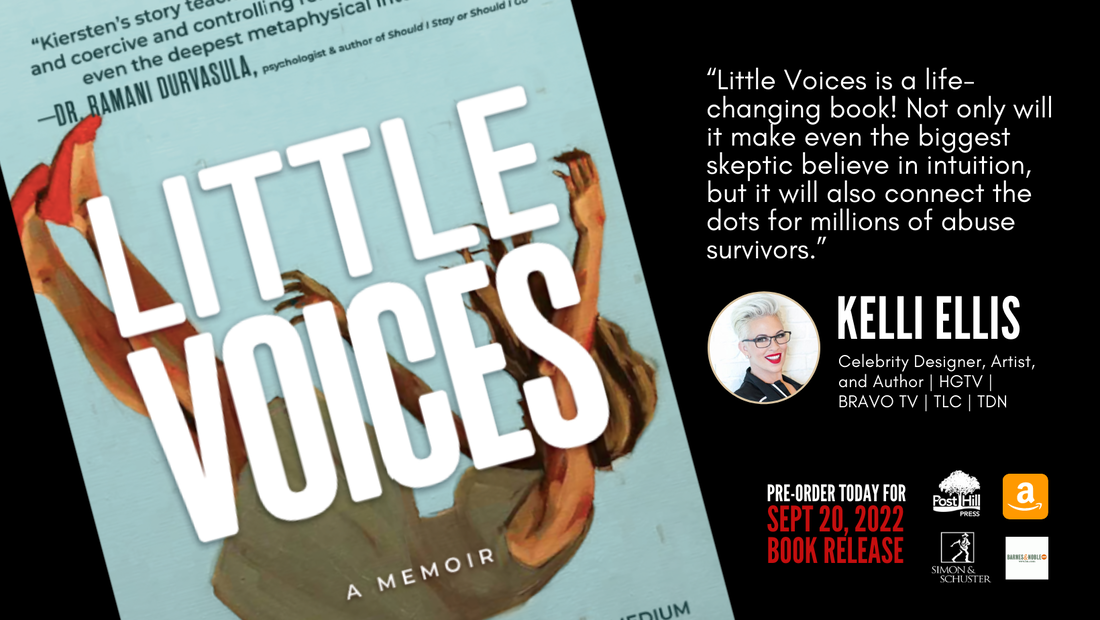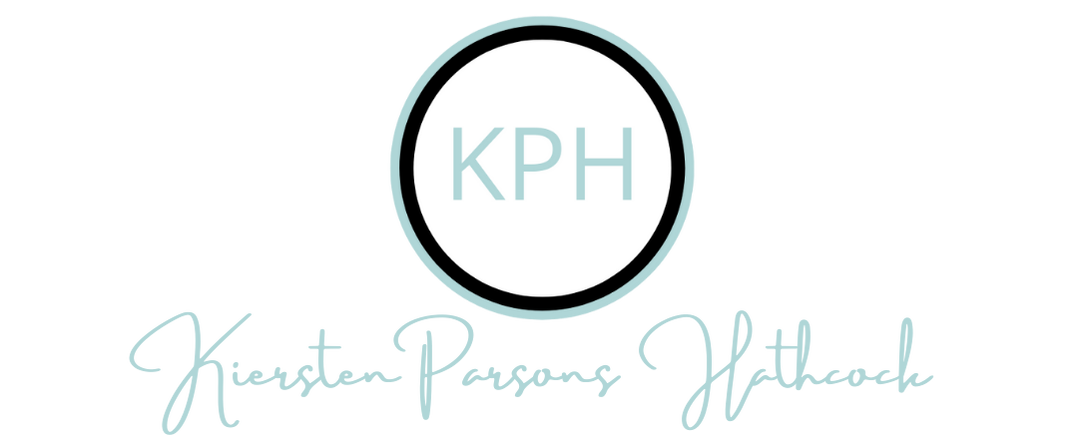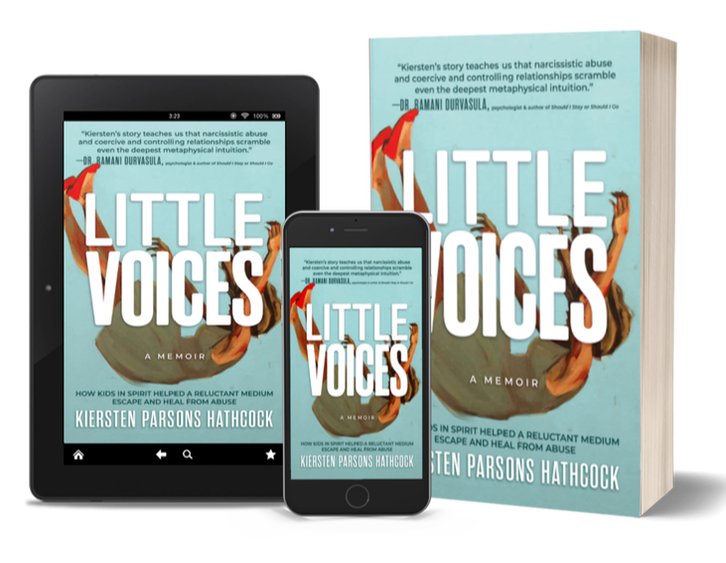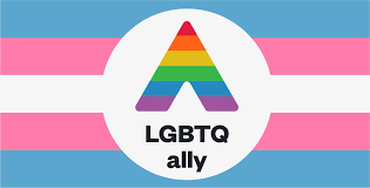|
Against all odds—and without millions of followers—I sold a memoir. You can, too! I landed a book deal for my memoir, and I’m not the least bit famous. Nor am I a professional writer by trade.
So, how did I do it? It only took 44 rejections over two years. And a unique story. This was the key--the unique story. If you’re hoping to land a traditional publishing deal for your memoir but you don’t have a Kardashian-like following, think long and hard about how your story differs from others in the marketplace. In my other life—as mentor to start-up founders—the first question I ask entrepreneurs is how does their product/idea/service differ from what’s in the marketplace already. It’s also what was asked of me when I swam with the Sharks on Shark Tank in 2011. In the literary world, it doesn’t seem to be top of mind for many of the amazing writers I’ve met. Their writing skills far exceed mine and they have incredible true stories to tell, but figuring out what makes their book a must-have for publishers is not the first thing they’re thinking about. I get why it’s this way—the process of writing a book is a massive, gnarly animal in itself. Who wants to think about marketing when you’re just trying to get your damn book written?! And most people don’t look at things from a marketing perspective. As a lifelong marketer, I do. Annoyingly so, at times. So, here’s my advice… Research the Marketplace Before you dive into writing your memoir, start researching what’s out there that looks similar to yours. And then come up with reasons it’s not similar. I’ll use my memoir, Little Voices, as an example. There are a million memoirs written by psychic mediums and folks who’ve endured near death experiences. And then there’s mine… Little Voices stands out from other books on the market in the following ways:
Think about what type of memoir you’d like to write and sell. My agent was very clear when we met that memoir (spiritual memoir, at that) is a VERY hard sell unless you’re famous. If you check out Publisher’s Marketplace (they have a monthly subscription), you can see what publishing house acquiring editors are buying. In my case, I knew (intuitively) that I had to push forward with the traditional memoir style, i.e., braided essay; however, I wasn’t necessarily opposed to transforming my book into more of a “narrative nonfiction with how-to” format. It’s an easier sell. If all doors had been closed to me to sell my book as a memoir, I wouldn’t have changed it up and tried to sell it as self-help. I ultimately didn’t change the structure of mine because I got a book deal. Here’s what I mean by narrative nonfiction with how-to… If you organize your book by topics/lessons—telling your story to match the topics/lessons per chapter and then including tips the reader can use to make their own lives better—you’ve got a winning combo. And it doesn’t put you squarely in the memoir category competing against the Demi Moore’s of the world. Your book will be categorized as self-help, but you’ll still be telling your story. So, there you have it. I hope what I’ve shared helps make the book-selling process easier for you. Reading about your life will help me in my life. I want to read your book, and I want to see you succeed! It might take more than 44 rejections and more than two years of pitching, but you can do this. If you tell agents and editors of the publishing world WHY your story stands out—and why it’s worth the risk for them— you’ll be well on your way to landing the book deal of your dreams. #writer #author #memoir #adviceforwriters #nonfiction #bookdeal #posthillpress #simonandschuster #kierstenhathcock #littlevoices #advice
0 Comments
Your comment will be posted after it is approved.
Leave a Reply. |
Categories
All
Archives
June 2024
|
|
All rights reserved. 2022.
|


 RSS Feed
RSS Feed



